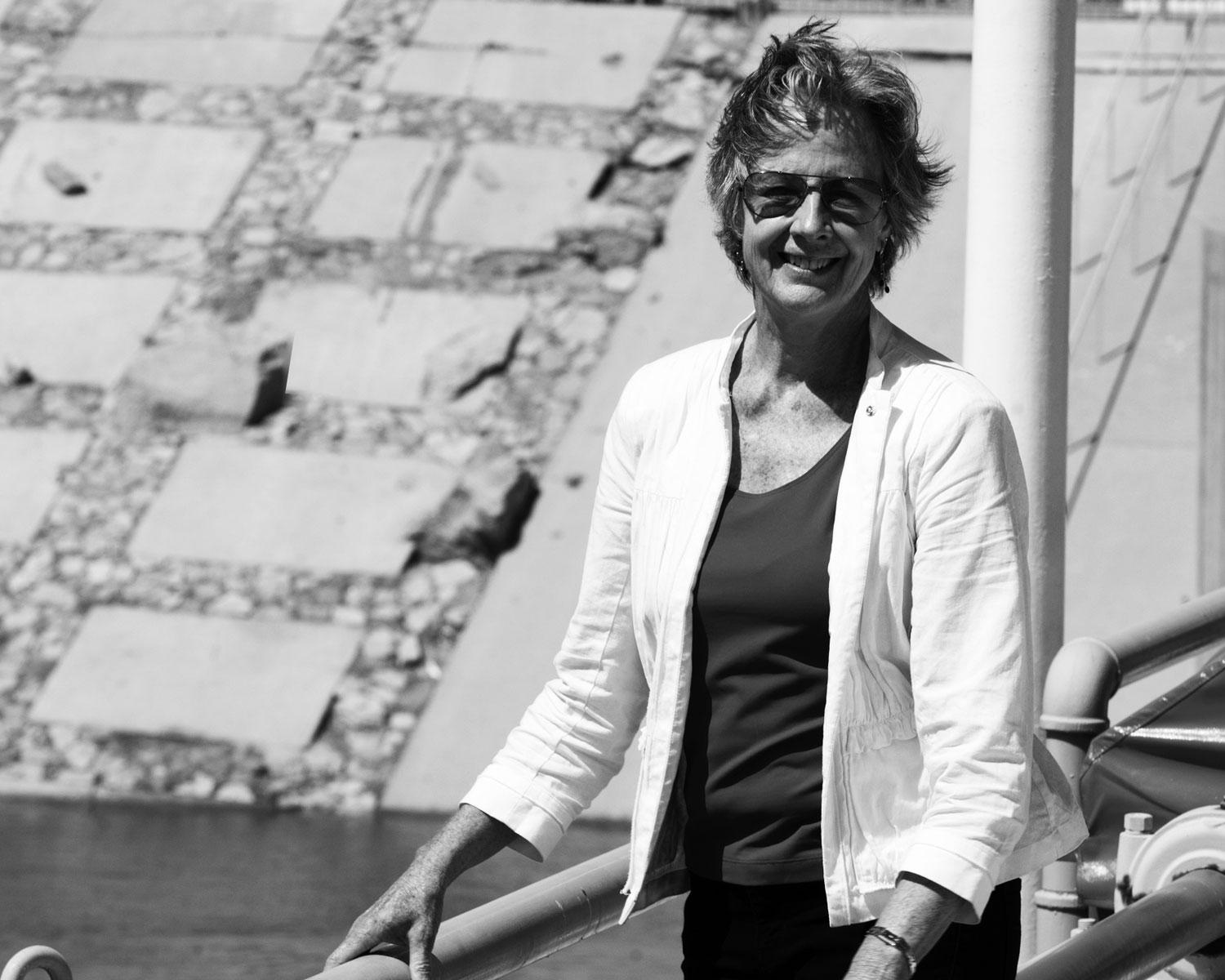
Eyes on the Water

When the grass is green and Colorado’s reservoirs look full, it can be hard to imagine restrictions on water use in the Centennial State. But Anne Castle (ApMath’73; Law ’81) knows better than most that shortages elsewhere in the West can affect Coloradans, even when there’s snow on the slopes.
She also knows that living with less water will probably become a necessity in the West, as recent droughts in California have proved there.
"There's nothing like a good crisis” to focus attention, said the former high-ranking U.S. Department of the Interior official, now a senior fellow at Colorado Law School’s Getches-Wilkinson Center for Natural Resources, Energy and the Environment.
Castle’s big picture view comes from a long career in water law and policy, first in private law practice in Denver, then at Interior, where she was assistant secretary for water and science for five years during the Obama administrations.
In that role, she oversaw the U.S. Geological Survey and Bureau of Reclamation, both of which play huge roles in federal water policy, calling it “the best job in Washington.”
Castle, a native Coloradan, had effectively been preparing for it for decades.
After graduating from Colorado Law in 1981, she joined the regional firm Holland & Hart in Denver for the next 28 years.
From the start, she worked on interstate and intrastate water litigation, representing diverse clients, including ski areas, mining companies, environmental organizations, ranchers, real estate developers and municipalities.
When she joined the government, she initiated studies that led to innovative, science-based operations. A major accomplishment was a new long-term plan that will guide operations at Glen Canyon Dam, a major hydroelectric power producer on the Colorado River in Arizona, for the next 20 years.
Now back at CU, Castle is focused on Colorado’s own water plan and Colorado River management policy broadly.
The state aims to help reduce the gap projected between water supply and demand. A particular interest for Castle concerns alternative transfer methods, or ATMs, which are intended to give cities access to new water supplies without permanently transferring land and water rights from farmers and taking agricultural land out of production.
Castle also is working to address the balance between supply and demand in the vast, multi-state Colorado River basin. Today its reservoirs are at about 50 percent of capacity, and the effects of climate change, including rising temperatures, are not going to diminish anytime soon.
No matter who’s in charge in Washington, D.C., the Western U.S. — and eventually the whole country — will be forced to plan for a drier future.
For Castle, this means embracing conservation, looking at things like recycling and reuse of water and even desalination.
“When it comes to water scarcity, the West is on the forefront,” she said, “but it's coming to a city near you.”
Photo courtesy Anne Castle

